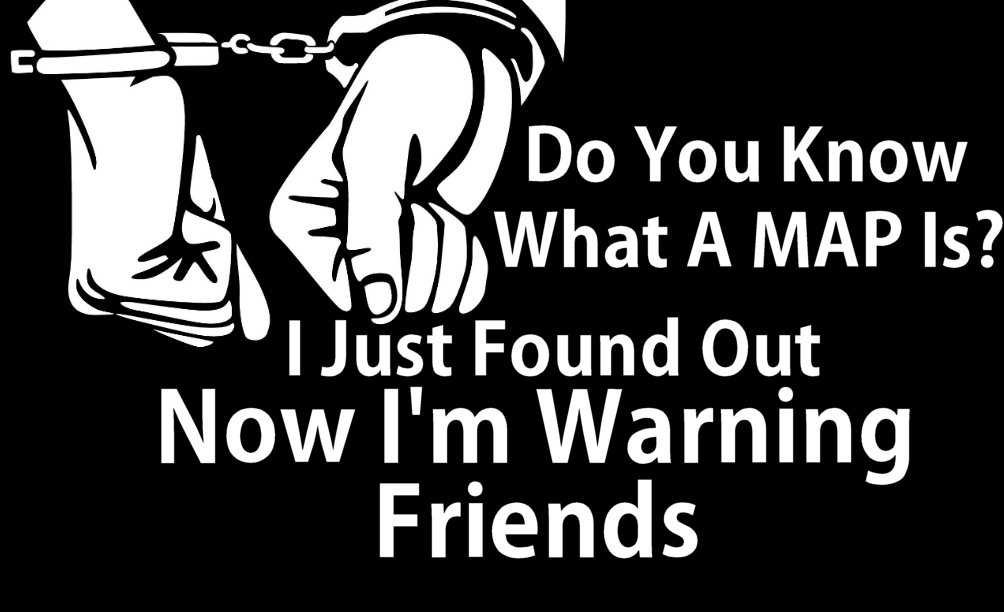
In the vast landscape of language, acronyms serve as efficient tools for communication, condensing complex concepts into memorable shorthand. Among these, “MAP” stands as a versatile gem, weaving its way through various domains with diverse interpretations and applications. From geography to business strategies, psychology to education, the acronym “MAP” unfurls its significance in a myriad of contexts, encapsulating notions of direction, guidance, and exploration.
Mapping the Terrain: A Geographical Odyssey
In its most literal sense, “MAP” embodies the essence of cartography, representing the intricate art of depicting spatial relationships on a flat surface. Maps serve as navigational aids, guiding travelers across terrains both known and unknown. They are windows into the world, offering insights into topography, infrastructure, and cultural landscapes. From ancient parchment scrolls to digital interfaces, maps have evolved alongside human civilization, reflecting advancements in technology and understanding.
Navigating Business Strategy: The Corporate Compass
In the realm of commerce, “MAP” takes on a strategic connotation, symbolizing the blueprint for organizational success. Strategic planning entails mapping out goals, resources, and pathways to achieve competitive advantage. Market Analysis and Positioning (MAP) charts elucidate market dynamics, identifying target demographics, competitors, and opportunities for growth. These maps guide executives through the complexities of decision-making, charting a course toward sustainable profitability.
Exploring the Mind: MAPping Psychological Territories
Delving into the intricacies of the human psyche, “MAP” serves as a metaphorical tool for understanding cognitive processes and emotional landscapes. Cognitive psychologists utilize Mind Action Processes (MAP) to elucidate mental mechanisms, mapping neural pathways and behavioral responses. Likewise, therapists employ Mindfulness and Acceptance Practices (MAP) to guide individuals through introspection and emotional regulation, navigating the labyrinth of thoughts and feelings toward psychological well-being.
Educational Expedition: Charting Learning Trajectories
In the realm of education, “MAP” embodies the journey of knowledge acquisition and skill development. Curriculum Mapping articulates the sequence of learning objectives, ensuring coherence and alignment within educational programs. Likewise, the Measurement of Academic Progress (MAP) assesses student proficiency and growth, providing educators with invaluable insights to tailor instruction and support individual learning trajectories. These educational maps empower students to navigate their academic endeavors with clarity and purpose.
Environmental Exploration: MAPping Ecological Frontiers
In the face of environmental challenges, “MAP” emerges as a tool for conservation and sustainable management. Ecological Mapping charts ecosystems, biodiversity hotspots, and critical habitats, guiding conservation efforts and policy-making initiatives. Geographic Information Systems (GIS) integrate spatial data, enabling researchers to map environmental phenomena such as deforestation, climate change, and species distribution. Through these environmental maps, stakeholders navigate the complexities of ecological stewardship, preserving the planet for future generations.
Conclusion: Charting New Horizons with MAP
The acronym “MAP” transcends its humble origins as a mere abbreviation, blossoming into a multifaceted symbol of guidance, exploration, and understanding. Whether navigating physical landscapes, corporate strategies, psychological terrains, educational journeys, or environmental frontiers, MAP serves as a compass, illuminating pathways toward discovery and enlightenment. As we traverse the ever-changing contours of our world, let us embrace the power of MAP to chart new horizons, forging a path toward progress and prosperity.